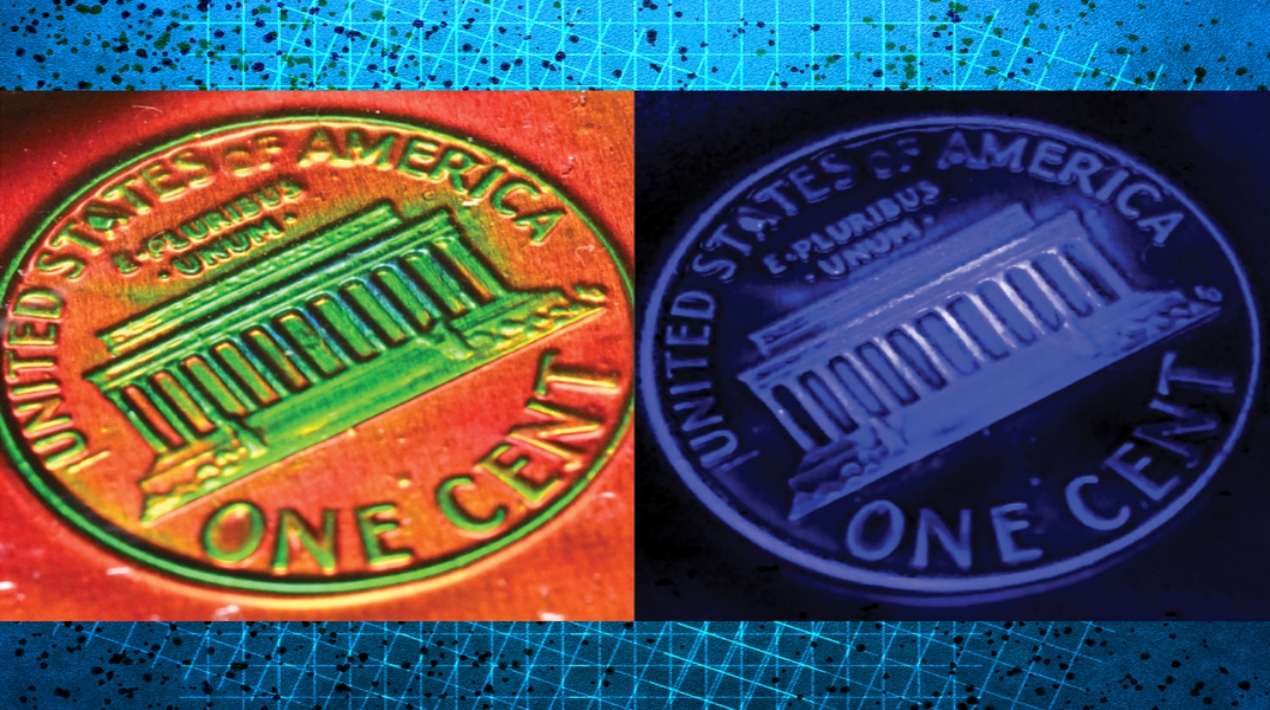
By using a 19th-century colour photography technique on modern holographic materials, engineers at the Massachusetts Institute of Technology (MIT) have printed large-scale images on elastic materials that change colour when stretched and reflect distinct wavelengths as strained.
“Scaling these materials is not trivial, because you need to control these structures at the nanoscale,” says Benjamin Miller, a graduate student in MIT’s Department of Mechanical Engineering.
The method could lead to the development of touch-sensing equipment for applications like virtual augmented reality or medical education, as well as the creation of robotic skin with a human-like feeling of touch.
The researchers made stretchy films with detailed flower bouquets printed on them. When the films are stretched, the colours of the bouquets change from warm to cool. They also made films that show how things like a strawberry, a coin, or a fingerprint are shaped.
The team’s results give us the first scalable way to make large-scale, detailed materials with “structural colour.” This is a colour that comes from the microscopic structure of a material, not from chemical additives or dyes.
Researchers have looked at how mollusk shells, butterfly wings, and other iridescent organisms reflect light. These organisms seem to shimmer and change colour because of microscopic surface structures. Engineers call these structures “Bragg reflectors” as they are angled and stacked to reflect light like tiny, coloured mirrors.
Researchers used a variety of methods to try to make this natural, structural colour in materials. Some efforts have led to small samples with precise nanoscale structures, while others have led to larger samples with less optical precision.
Researchers looked at transparent, elastic holographic film that was stuck to a surface that looked like a mirror (in this case, a sheet of aluminium). They then put a standard projector a few feet away from the film and projected images onto it.
As they thought, the films made large, detailed pictures in a few minutes instead of days. The colours in the original pictures were also very true to life.
Next, they took the film off the mirror and stuck it to a black, stretchy silicone backing to give it support as the researchers stretched the film and watched as the colours changed. This was because of the way the material was made.
When the material is stretched and thinned out, the nanoscale structures change so that they reflect slightly different wavelengths. For example, they might change from reflecting red light to reflecting blue light.
The team discovered that the colour of the film is extremely sensitive to strain. They created an entirely red film and adhered it to a silicone backing of varying thickness. The film remained red where the backing was thinnest, whereas thicker sections strained the film, causing it to turn blue.
Similarly, they discovered that pressing various objects into samples of red film left detailed green imprints, such as strawberry seeds and fingerprint wrinkles. Thus, the researchers were also able to project hidden images by tilting the film at an angle with respect to the incoming light when creating the coloured mirrors. This tilt essentially caused the nanostructures of the material to reflect a red-shifted spectrum of light.
For example, using green light during material exposure and development would result in red light being reflected, and red-light exposure would result in structures reflecting infrared — a wavelength that humans cannot see. When the material is stretched, this otherwise invisible image becomes visible in red.
Aside from fashion and textiles, the researchers are looking into colour-changing bandages for use in monitoring bandage pressure levels when treating conditions like venous ulcers and certain lymphatic disorders.
















